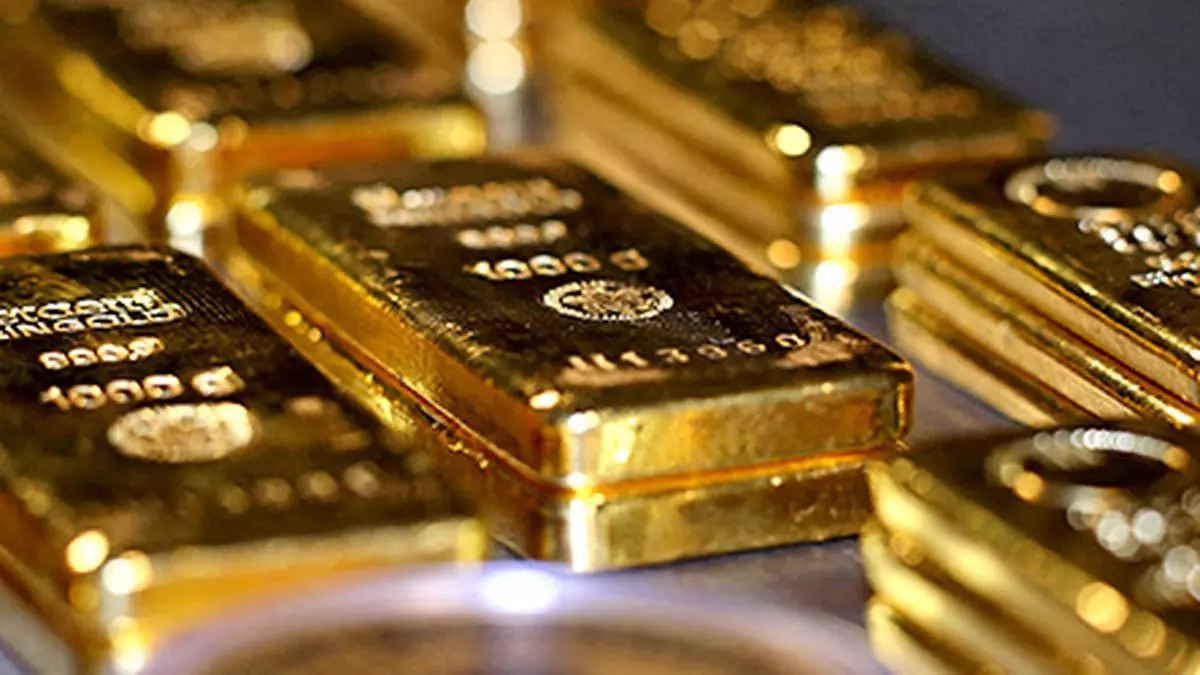
The advancement in technology is likely to drive demand for gold, as manufacturers seek to enhance the performance and reliability of their artificial intelligence-enabled devices, say two experts of the World Gold Council (WGC). What the experts’ view means is that gold could continue to rule firm in the near- to mid-term with the yellow metal having gained over 30 per cent in 2024. During the weekend, gold ended higher at $2,715.
85 a troy ounce as the Ukraine war escalated last week. “Artificial intelligence (AI) is fast becoming a cornerstone of modern technology, driving advancements across various industries. The considerable electronics infrastructure required to power this rapidly growing sector has a direct impact on industrial gold demand,” said Louise Street, Senior Market Analyst, and Trevor Keel, Consultant WGC.

Gold is an essential component in the manufacturing of AI-enabled devices. “AI systems rely heavily on advanced hardware, including processors, memory chips and sensors, all of which utilise gold. AI-enabled devices, such as smartphones and autonomous vehicles, alongside a corresponding growth in data centres, have created an exponential rise in the need for highly efficient and reliable electronic components,” they said.
Gold’s superior conductivity ensures that data can be processed and transmitted at high speed with minimal energy loss. Furthermore, gold’s resistance to corrosion ensures component longevity and durability — critical for continuous and intensive AI applications. The other bullish factor is that sectors such as healthcare and finance are looking to AI in order to improve efficiency and innovation, and this can only further amplify the demand for gold.
Street and Keel said demand for gold used in electronics peaked in 2010 at 328 tonnes. Since then, it witnessed a steady fall to 249 tonnes in 2023. In recent quarters, however, there has been a modest recovery in the sector.
According to WGC, the use of gold in technology, particularly due to AI, increased 7 per cent year-on-year to 83 tonnes in the September quarter this year. Demand for electronics increased by 9 per cent to 69 tonnes during the same period. Between 2001 and 2011 when gold prices increased from $250 per ounce to over $1,800, manufacturers in the electronics industry looked at ways to reduce the yellow metal’s usage.
“These strategies involved both substitution (replacing gold with alternatives such as silver and copper) and thrifting (using smaller and smaller quantities of gold),” said Street and Keel. With gold recently reaching a record high of over $2,700/oz, manufacturers are bound to face renewed pressure to evaluate how they use gold. “But the situation today is very different to that of 2010 in that most of the ‘easy’ thrifting and substitution has already been implemented; there is a limit to how thin wires and coatings can be and it is highly likely that they are already close to — if not at — that point,” said the WGC experts.
Additionally, as technologies evolve, some of gold’s traditional uses may slowly wane; one example is the ongoing changes in the LED sector where gold-free mini-LEDs are slowly usurping the gold-containing incumbents, they said. Street and Keel said gold will continue to be a critical component in the electronics industry, with AI applications bolstering its demand in the near term. “But in this cost-driven sector manufacturers will continue to innovate and this will inevitably impact how gold is used in certain applications,” they said.
Comments.














